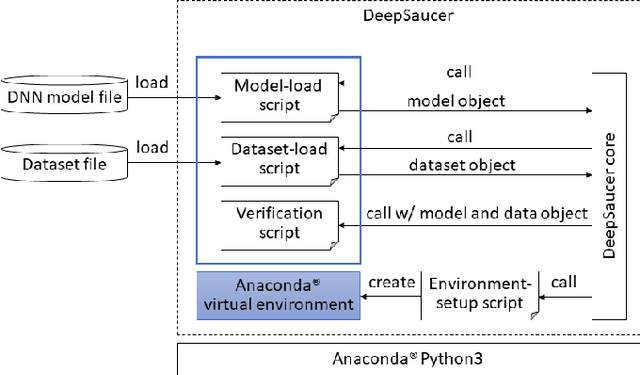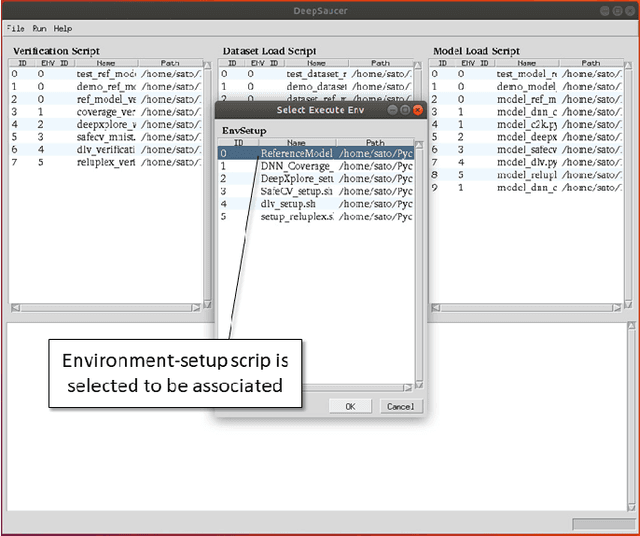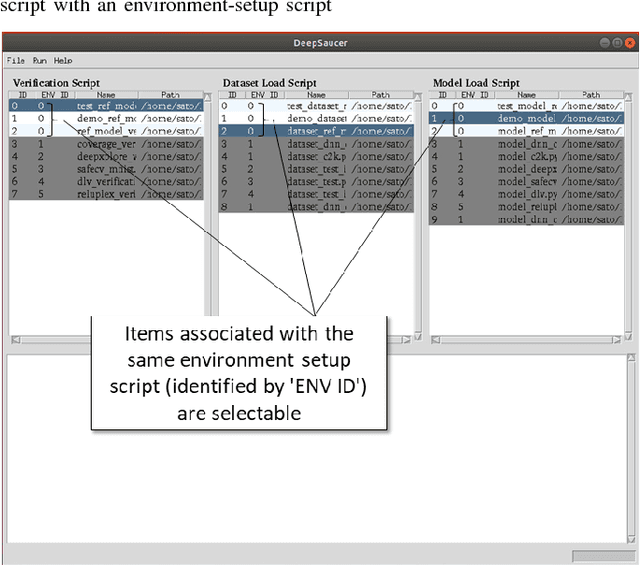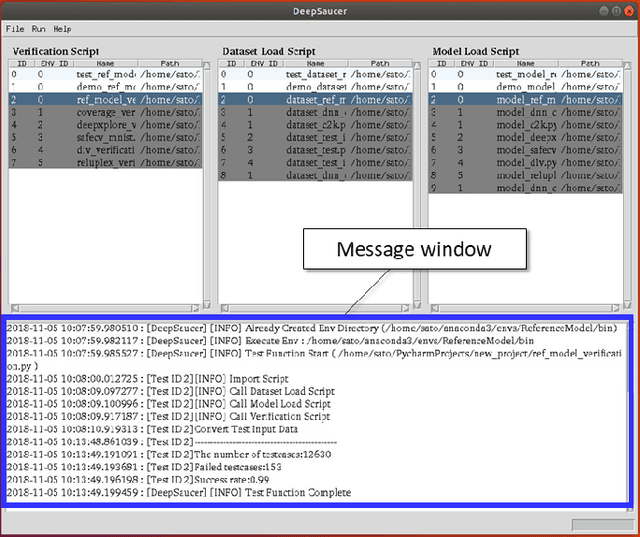Yuichiroh Nakagawa
Formal Verification of Decision-Tree Ensemble Model and Detection of its Violating-input-value Ranges
Apr 26, 2019



Abstract:As one type of machine-learning model, a "decision-tree ensemble model" (DTEM) is represented by a set of decision trees. A DTEM is mainly known to be valid for structured data; however, like other machine-learning models, it is difficult to train so that it returns the correct output value for any input value. Accordingly, when a DTEM is used in regard to a system that requires reliability, it is important to comprehensively detect input values that lead to malfunctions of a system (failures) during development and take appropriate measures. One conceivable solution is to install an input filter that controls the input to the DTEM, and to use separate software to process input values that may lead to failures. To develop the input filter, it is necessary to specify the filtering condition of the input value that leads to the malfunction of the system. Given that necessity, in this paper, we propose a method for formally verifying a DTEM and, according to the result of the verification, if an input value leading to a failure is found, extracting the range in which such an input value exists. The proposed method can comprehensively extract the range in which the input value leading to the failure exists; therefore, by creating an input filter based on that range, it is possible to prevent the failure occurring in the system. In this paper, the algorithm of the proposed method is described, and the results of a case study using a dataset of house prices are presented. On the basis of those results, the feasibility of the proposed method is demonstrated, and its scalability is evaluated.
DeepSaucer: Unified Environment for Verifying Deep Neural Networks
Nov 09, 2018



Abstract:In recent years, a number of methods for verifying DNNs have been developed. Because the approaches of the methods differ and have their own limitations, we think that a number of verification methods should be applied to a developed DNN. To apply a number of methods to the DNN, it is necessary to translate either the implementation of the DNN or the verification method so that one runs in the same environment as the other. Since those translations are time-consuming, a utility tool, named DeepSaucer, which helps to retain and reuse implementations of DNNs, verification methods, and their environments, is proposed. In DeepSaucer, code snippets of loading DNNs, running verification methods, and creating their environments are retained and reused as software assets in order to reduce cost of verifying DNNs. The feasibility of DeepSaucer is confirmed by implementing it on the basis of Anaconda, which provides virtual environment for loading a DNN and running a verification method. In addition, the effectiveness of DeepSaucer is demonstrated by usecase examples.
 Add to Chrome
Add to Chrome Add to Firefox
Add to Firefox Add to Edge
Add to Edge